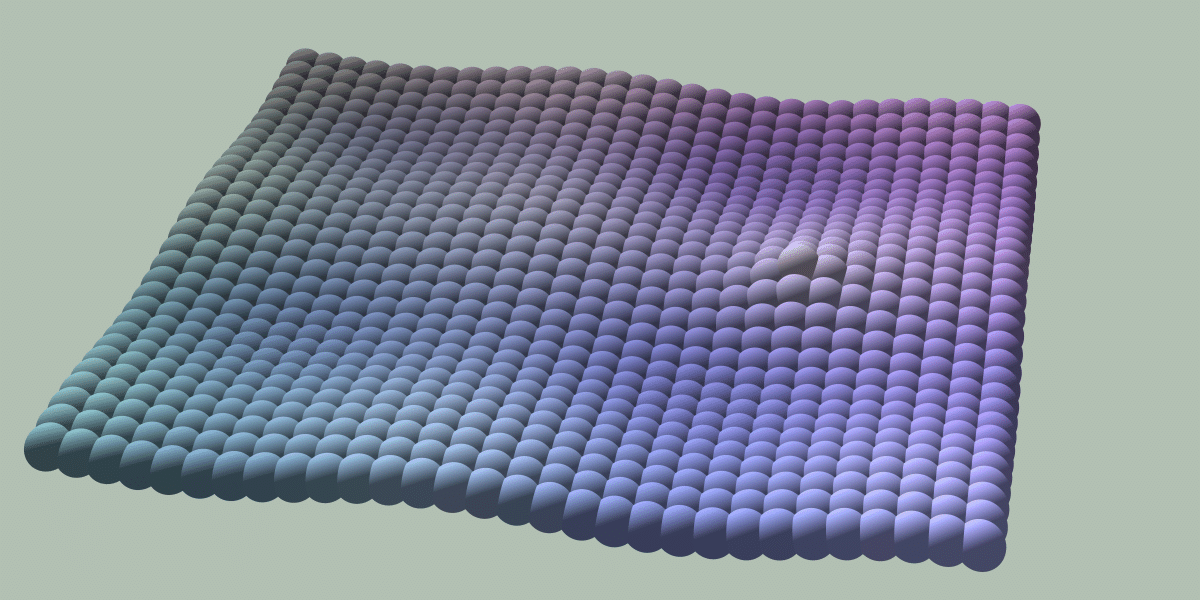The Future of Silicone Innovations
As we look to the future, the potential for silicone innovations seems boundless. With advancements in material science and engineering, we can expect silicone rubber to become even more versatile, adapting to the evolving needs of various industries—from automotive and aerospace to medical devices and consumer goods. Researchers are exploring ways to enhance its properties further—improving heat resistance, durability, and biocompatibility—making it a frontrunner in sustainable solutions as manufacturers shift towards eco-friendly alternatives.
Moreover, integrating silicone with emerging technologies poses exciting possibilities. The synergy of silicone with smart technologies could usher in revolutionary applications such as self-healing materials for automotive systems or flexible electronics that can withstand extreme conditions while remaining functional. As industries continue to embrace automation and sustainability, innovative uses for silicone will likely redefine how we design products that interface seamlessly with our daily lives—ultimately leading us toward a smarter, more resilient future driven by these remarkable materials.
Medical Devices: Enhancing Precision and Safety
In today’s rapidly evolving healthcare landscape, medical devices are at the forefront of enhancing patient care through unparalleled precision and safety. Silicone rubber sheets play a crucial role in this transformation, serving as adaptable materials for various medical applications. Their biocompatibility allows for safe interaction with bodily tissues, making them ideal for manufacturing seals, gaskets, and even prosthetic devices that require both comfort and durability.
Moreover, the incorporation of silicone rubber in medical devices is advancing diagnostics and surgical procedures. For instance, flexible silicone-based sensors have emerged as game-changers in monitoring physiological parameters in real-time. These sensors not only improve accuracy but also minimize invasiveness during data collection, leading to better patient outcomes. With ongoing innovations focused on optimizing material properties—such as temperature resistance and electrical conductivity—the potential of silicone rubber sheets continues to expand, promising a future where medical interventions are both safer and more effective.
As regulatory standards evolve alongside technological advancements, manufacturers are increasingly turning to silicone rubber for its reliability under stringent conditions. By embracing these innovative materials, the healthcare industry is paving the way towards a new era where precision tools enhance every aspect of diagnosis and treatment—ultimately redefining what it means to prioritize patient safety while driving forward therapeutic efficacy.
Construction: Versatile Sealing and Gasketing Options
In the construction industry, silicone rubber sheets are not just an accessory; they are an essential component that enhances structural integrity and longevity. Their versatile sealing and gasketing options cater to diverse applications, from protecting sensitive electrical systems in high-rise buildings to providing waterproof barriers in roofing assemblies. Silicone’s ability to tolerate extreme temperatures—ranging from -100°F to 500°F—makes it ideal for environments exposed to harsh weather conditions, ensuring that joints remain airtight and watertight over time.
Beyond functionality, the aesthetic flexibility of silicone rubber sheets is transforming architectural design. Customizable colors and finishes allow architects to incorporate these solutions seamlessly into their projects without sacrificing visual appeal. Additionally, advances in formulation have led to silicone products with improved adhesion properties and enhanced resistance against chemicals, UV exposure, and weathering—all critical factors for achieving longevity in construction materials. By integrating these modern sealing solutions into their designs, builders can ensure greater durability while contributing towards sustainable building practices and energy efficiency—a win-win scenario for the environment and construction professionals alike.
Aerospace: Lightweight Components for Efficiency
Aerospace design is increasingly focused on lightweight components to enhance fuel efficiency and overall performance. The use of fluorosilicone rubber sheets in this industry has revolutionized traditional approaches, offering both durability and a significant reduction in weight. These innovative materials are essential in creating seals, gaskets, and protective coverings that withstand extreme temperatures and environmental conditions without compromising structural integrity.
Moreover, the flexibility of silicone allows for intricate designs that can optimize aerodynamics. This not only contributes to improved engine performance but also aids in reducing noise pollution—an issue of growing concern within aviation circles. By integrating silicone rubber sheets into aircraft manufacturing, engineers can produce lighter assemblies while maintaining stringent safety standards; this is a game-changer as manufacturers strive to meet sustainability goals amidst rising fuel costs and environmental regulations.
As the aerospace sector continues to evolve with advanced engineering techniques, the integration of lightweight materials like silicone will be pivotal in achieving innovations such as electric propulsion systems and autonomous flight technologies. Ultimately, these developments do not just promise enhanced operational efficiency; they also herald a new era where eco-friendly practices mesh seamlessly with cutting-edge technology.
Published by: Josh Tatunay

















